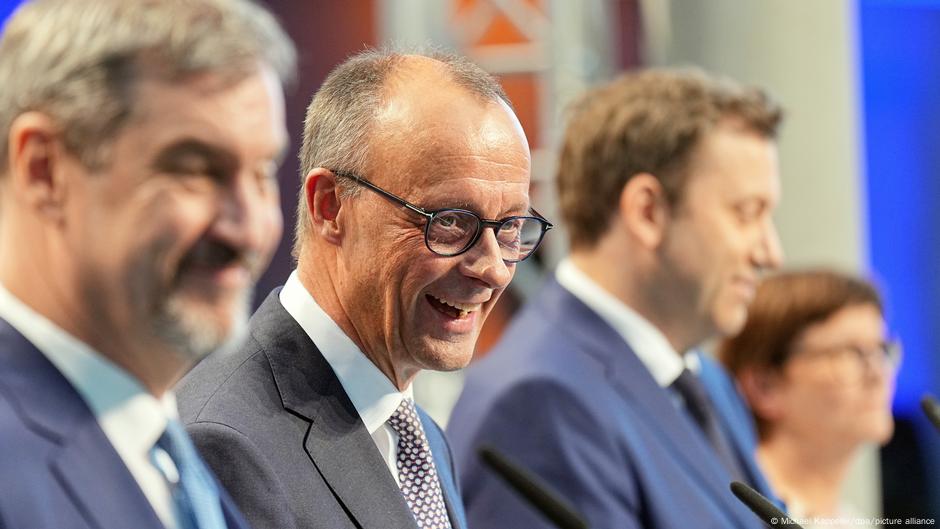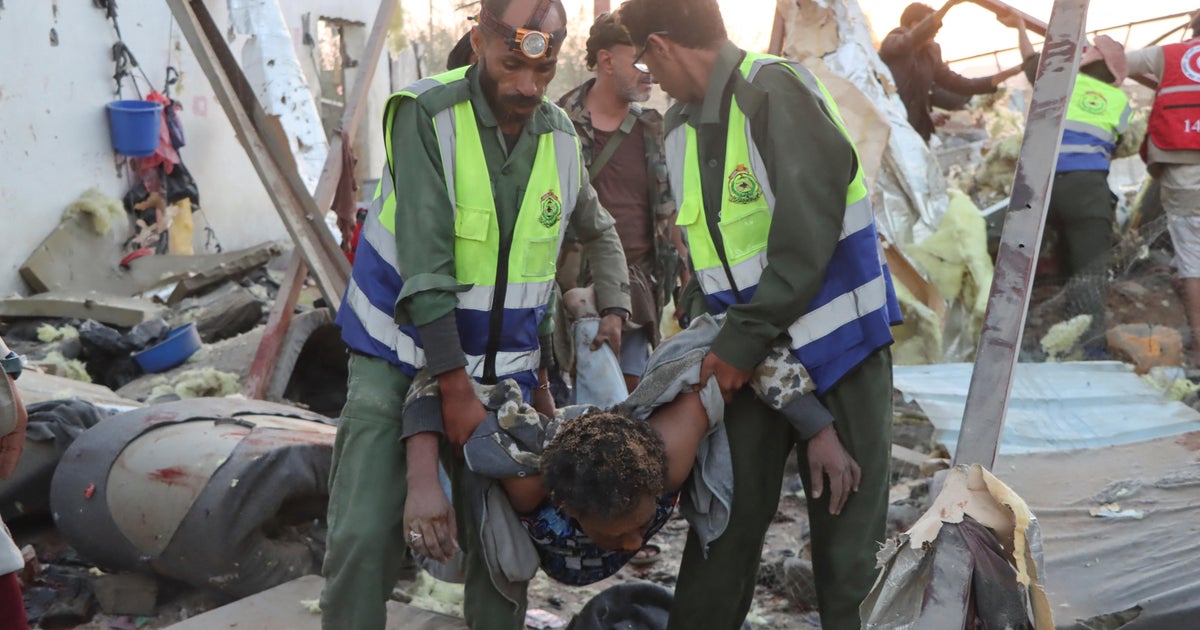 Chunsuk Son and Myeonghyo Ko are a mother-daughter duo who belong to a community of 13 highly skilled divers in Iho-dong village, Jeju Island. Credit: Joyce Chimbi/IPS
Chunsuk Son and Myeonghyo Ko are a mother-daughter duo who belong to a community of 13 highly skilled divers in Iho-dong village, Jeju Island. Credit: Joyce Chimbi/IPSJEJU ISLAND, Apr 27 (IPS) - Ahead of the 10th Our Ocean Conference, with the theme "Our Ocean, Our Action," comes a global call to protect the world's oceans.
The conference starts tomorrow (April 28) and ends on Wednesday and takes place in Busan, Korea.
On Jeju Island, situated south of the Korean Peninsula and west of southern Japan, a community of traditional women divers protects an ocean in crisis.
Haenyeo are highly skilled female divers who dive to significant depths of up to 15 meters, often without the aid of oxygen tanks or other breathing equipment, and can hold their breath for extended periods of up to 45 minutes. They use a distinctive whistling sound, sumbi sori, when resurfacing to clear their lungs of carbon dioxide.
“Some of the women are in their 80s. We dive until we can no longer move. I am 69 years old. Until five years ago, when my daughter became a haenyeo, I was the youngest diver for 45 years. The oldest diver alive is 95 years old. She retired at 90 years. My mother was a diver too,” says Chunsuk Son, in Iho-dong village in Jeju Island.
Jeju Island is surrounded by both sea and ocean, as it is located in the East China Sea and also faces the Pacific Ocean to the south. The island is in the Korea Strait, surrounded by the Yellow Sea and the East/Japan Sea. Jeju Island is a unique location where the northern and southern distributional limits meet, as all species have limited ecological distributions.
Myeonghyo Ko, her daughter, a diver, and a university graduate, says haenyeo have extensive knowledge of the sea’s topography, marine life, and weather patterns that help them choose the best time and locations for diving to collect seafood like abalone, sea urchins, and seaweed while avoiding overfishing, respecting seasonal restrictions, and utilizing traditional ecological knowledge to protect the ocean.
The culture of Jeju Haenyeo is recognized by UNESCO as an Intangible Cultural Heritage of Humanity. On the 10th anniversary of the Our Ocean Conference under the theme 'Our Ocean, Our Action', such actions from the community, governments, international organizations, leading corporations, NGOs, and academia will be highlighted and promoted towards sustainable oceans.
Sanghoon Yoon, expert advisor at Paran Ocean Citizen Science Centre, an NGO founded for citizens to research and gather data for eco-diversity, says climate change is altering Jeju’s aquatic ecosystem “as species we have not seen before are appearing to replace native species. For instance, tropical fish and colorful corals are appearing in Jeju waters in place of the native conch, brown algae, and abalone.”
 Jeju Island is a unique location where the northern and southern distributional limits meet. Credit: Joyce Chimbi/IPS
Jeju Island is a unique location where the northern and southern distributional limits meet. Credit: Joyce Chimbi/IPS“One-third of Jeju Ocean is devastated. It is no longer climate change but a climate crisis. But it is for us to really decide whether this is a crisis or a chance to restore and protect.”
As global warming takes a toll on the ecosystems of Korea's seas, experienced divers say that slightly over a decade ago, coral reefs and sea anemones, whose natural habitat is in the subtropical waters, started appearing in the waters off the coast of Korea’s southern Jeju Island.
Sanghoon says the “average sea temperature of a subtropical ocean is 18 to 20 degrees Celsius. Even compared to the average change of the climate, the temperature of the Jeju Ocean is increasing 2.5 times. There is new sea life as others, such as the seaweed forest, disappear.”
Against this backdrop, decades of harvesting the seas have disrupted the delicate balance of marine ecosystems. Nearly 90 percent of global marine fish stocks are fully exploited or overfished. And even those like the haenyeo, whose sea harvesting practices are sustainable, are also reducing.
Ko, Seung-chul, the head of Beophwan Haenyeo School and chairperson of the fishing village committee, says in 1966 there were an estimated 24,000 traditional female divers, “but they had reduced to 14,000 in the 1970’s, and further reduced to 7,800 in the 1980’s, and to 6,800 in the 1990’s and as recently as 2023, there were only 2,800 haenyeo. Our haenyeo village school trains young female divers to keep the culture alive, especially because our haenyeo are getting old.”
Against a backdrop of numerous challenges, Choi Ji Myung, from the Ministry of Oceans and Fisheries, told IPS that there is now an even greater need to expand marine protected areas (MPAs). These are designated areas where human activities are regulated or prohibited to protect marine resources and ecosystems from harm.
MPAs help restore fish stocks, protect sensitive habitats, and mitigate the impacts of climate change.
Jeju Island is designated as a protected area at home and abroad. UNESCO designated Jeju Island as a biosphere reserve in 2002, a World Natural Heritage site in 2007, and a Global Geopark in 2010, and the Korean government and local governments have also designated the island with various protected areas.
In a press briefing, Dr. Young Nam Kim from the Korea Environment Corporation (KOEM) stated that the current status of designated MPAs in Korea is such that there is a total of 16 marine ecosystem protected areas on Jeju Island, three marine species protected areas, one marine scenic area, and 18 wetland protected areas.
But as the tour around Jeju Island revealed, in the backdrop of large-scale development projects and nearly 16 million visitors per year, the Jeju Sea is in a critical condition due to rapid increase in water temperature, coastal pollution, sea desertification, and changes in species due to climate change.
The Busan conference, about 306 kilometers away from Jeju Island, is expected to deliver lasting solutions to these pressing challenges by building on previous legacy and providing the global ocean community with a platform to build back better.
IPS UN Bureau Report
Follow @IPSNewsUNBureau
Follow IPS News UN Bureau on Instagram
© Inter Press Service (2025) — All Rights Reserved. Original source: Inter Press Service

 9 hours ago
7
9 hours ago
7








